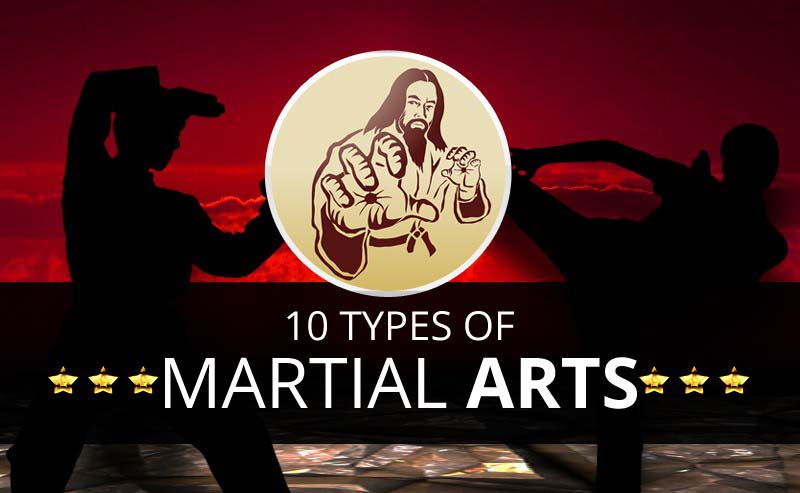Recognizing The Basic Differences Between Traditional Martial Arts And Modern Combat Sports
Recognizing The Basic Differences Between Traditional Martial Arts And Modern Combat Sports
Blog Article
Article Developed By-McGinnis Fink
When you think of martial arts, do you lean more towards the typical techniques or the contemporary fight sporting activities? Each course supplies unique advantages and experiences, formed by their philosophies and training techniques. Standard martial arts highlight individual development and self-control, while modern combat sports focus on competitors and efficiency. Understanding these differences can direct you in selecting the best method for your journey. Yet how do these distinctions manifest in training and philosophy?
The Philosophy and Background Behind Conventional Martial arts
While many individuals link martial arts with physical fight, the viewpoint and history behind traditional martial arts run much deeper. You'll find that these disciplines emphasize personal development, technique, and respect.
Originating from ancient methods, traditional martial arts were frequently created for Self-Defense and spiritual development. They symbolize concepts such as equilibrium, consistency, and self-discipline, leading professionals past mere fighting skills.
As you educate, you'll not only learn techniques yet likewise acquire understandings into the culture and values that shaped these arts. The rituals and customs, commonly given via generations, cultivate a sense of area and belonging.
The Competitive Nature of Modern Battle Sports
Modern combat sporting activities have transformed the landscape of martial arts right into a highly affordable arena, where athletes take on in an examination of ability, strategy, and endurance.
You'll discover that competitions are often arranged with stringent regulations and policies, guaranteeing fair game and safety and security. These events draw in large target markets, sustaining the exhilaration and intensity of competitions.
just click the next post educate carefully, not just for physical expertise yet additionally for mental durability, recognizing that every information counts in the ring. The adrenaline rush throughout competitions is palpable, as competitors push their limits to claim success.
Followers appreciate the athleticism and artistry entailed, making modern-day combat sporting activities a thrilling phenomenon that continues to progress and captivate enthusiasts around the world.
Training Techniques and Strategies: A Comparative Analysis
The competitive environment of modern fight sports needs innovative training approaches that vary substantially from standard martial arts.
In modern-day training, you'll focus on specific strategies, sparring, and conditioning, often utilizing drills that simulate real fight scenarios. You'll see an emphasis on measurable performance and constant competition to evaluate your skills.
In contrast, standard martial arts prioritize kinds, katas, and thoughtful mentors, frequently highlighting discipline and respect over competitors.
https://www.lascrucesbulletin.com/stories/martial-arts-come-to-mesilla-valley-mall-free-self-defense-classes-for-women,8354 is generally less extreme and might entail recurring practice as opposed to real-time sparring.
While both methods develop ability and physical fitness, modern-day battle sports give a much more dynamic and adaptable training environment, preparing you for immediate difficulties in the ring or cage.
Choose the path that aligns with your goals and rate of interests.
Verdict
In selecting between conventional martial arts and contemporary fight sporting activities, it truly comes down to what you value a lot of. If you're searching for individual growth, self-control, and a sense of area, conventional arts could be your finest fit. Yet if you grow on competitors and real-time difficulties, contemporary battle sporting activities could be the method to go. Inevitably, both paths provide special advantages, so it's all about straightening your training with your personal goals and rate of interests.
